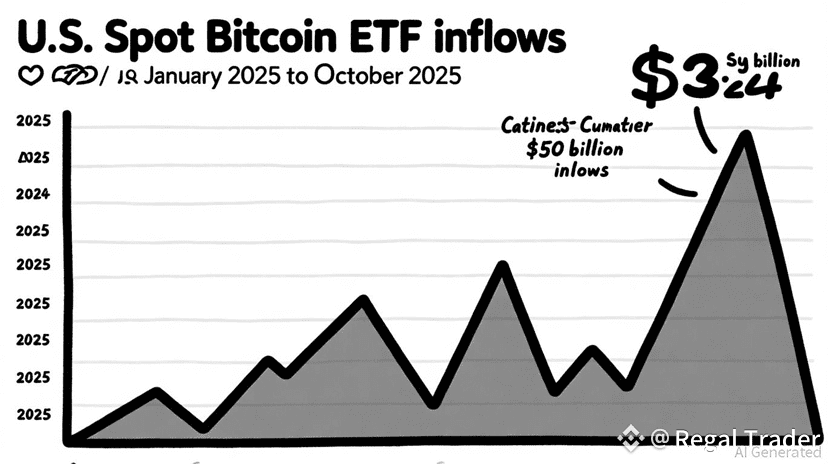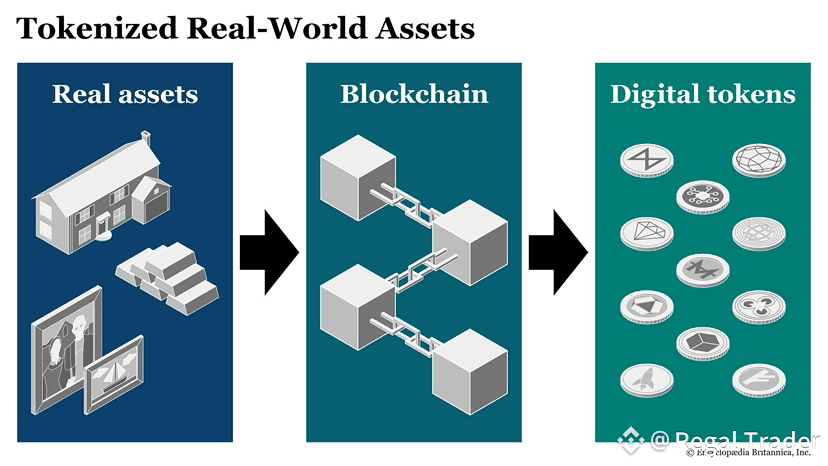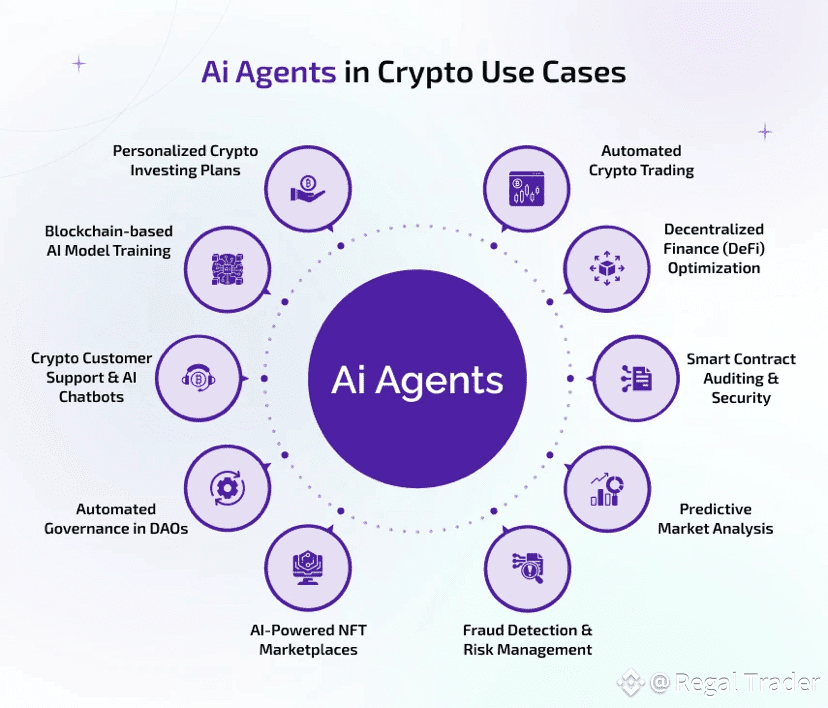 To put it mildly, the crypto market has changed its face. We have witnessed records being broken in practically every aspect which is a signal that crypto is not a passing trend but a new asset class of a trillion-dollar nature. However, we must admit that the old bullish market game strategies hardly work anymore.
To put it mildly, the crypto market has changed its face. We have witnessed records being broken in practically every aspect which is a signal that crypto is not a passing trend but a new asset class of a trillion-dollar nature. However, we must admit that the old bullish market game strategies hardly work anymore.
The previous cycles were only concerned with hype and halving-driven supply shocks, this one is totally different. The arrival of ETFs designed for institutional investors coupled with regulation becoming globally uniform and clear makes the next stage to be a non-scarcity one where issues of usage, real-world viability, and exact performance take the center stage.
The Binance Square creators (like me) need to change their approach. The important question is not what the next pump will be but rather which new infrastructures will be able to harness the forthcoming multi-trillion liquidity wave.
1️⃣ Maturing Institutional Market: A Fundamental Shift
The transaction of institutions from impatient consumers to stable, long-term holders of crypto assets, when gradual in nature, is a game changer conceptually and practically.
One of the main effects of the institutional product approval was the landing of the big names in finance which changed the whole scenario. When BlackRock and Fidelity treat Bitcoin and Ethereum as typical portfolio assets, the volatility level goes down, however, the expectations grow. The altcoins are now valued based on their use cases and not the mere decentralization claim.
2️⃣ The Trinity of Exponential Growth
The following 10x growth will not be attributed to only one token but rather the merging of three major narratives:
A. Real-World Assets (RWA): The Bridge to $400 Trillion TradFi
RWAs are the on-chain entry keys to traditional banking. We are not only talking about tokenizing bonds here but also fractional ownership of real estate, private credit, and supply chain assets worldwide. By marrying institutional-grade collateral with on-chain stable yield, RWAs are rapidly becoming the framework of sustainable adoption.

B. DeFi 2.0: The Capital Engine
DeFi is not staying still; it is rapidly evolving. Capital efficiency is going to a different level altogether with Liquid Restaking Tokens (LRTs) and modular blockchains.
• LRTs allow the same capital to generate yield in several places simultaneously.
• Modular chains significantly lower the costs of the most complex financial systems thus facilitating their on-chain operations.
The layer is here, where institutions can come and place their trust in DeFi for the first time.
C. Crypto × AI: The Autonomous Frontier
This aspect is pretty awesome. Very soon AI agents will transact, invest, and manage crypto-based operations without any human intervention. The reason being is that blockchain provides exactly what AI systems require in terms of verifiable data, transparency, and incentive alignment.
It’s a new era where AI becomes a user of crypto instead of just humans—and that’s a revolution by itself.
3️⃣ Positioning for the New Era
Content creation next cycle should be centered around these points:
1. Deep Dives - Analyze breakdown top RWA, DeFi 2.0, or AI-convergence projects.
2. Regulation Insights - Clarify the effects of policies like MiCA or new U.S. frameworks in creating tokenized assets market.
3. User Experience - Illustrate what modern chains and wallets are doing to make crypto easy for the next billion users.
The $4T milestone is not the end—it’s just the graduation.
The real wealth creation is happening right now, at the intersection of AI, RWAs, and DeFi. 🚀